Overview of the Browning BSS Side-by-Side Shotgun
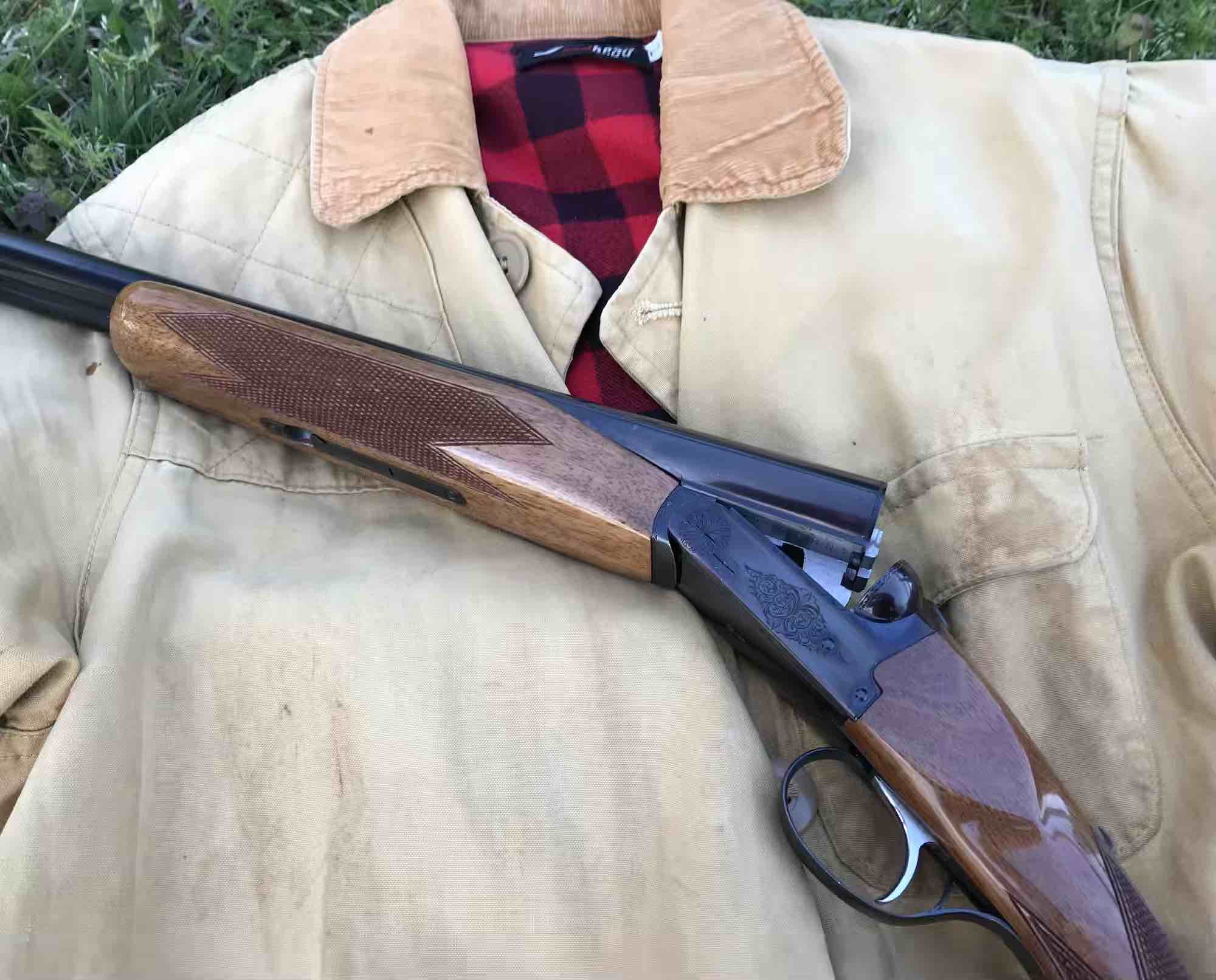
The story of the sturdy, well-built side-by-side that suffered from poor timing in the shotgun market
I worked part-time at a gun shop during my college years, which offered me the privilege of handling hundreds of used shotguns. As I stepped behind the gun counter one day to start an afternoon shift, I spied a unique 20-gauge side-by-side on the rack. Etched on the side of the left barrel I read, “BROWNING ARMS COMPANY.” Stamped on the right barrel was “B-S/S SPECIAL STEEL 20 GA.”
I was instantly intrigued and, after breaking it open to be sure it wasn’t loaded, swung it on an imaginary covey rise of bobwhites. I was abruptly awakened from my dream by Paul the veteran gun salesman barking at me, “You’re too late, kid, your buddy Fritz already bought it.”
Fritz was the nickname of my colleague and friend who had, in fact, purchased it two hours prior to my arrival after it had been taken in on trade. Thou shalt not covet thy neighbor’s bird gun. But covet it I did. More of that story later…
History of the Browning BSS
Browning produced the BSS side-by-side shotgun from 1971 to 1987, beginning with 12-gauges in 1971 and followed by 20-gauges starting in 1972. The BSS was a boxlock side-by-side, though Browning did introduce a sidelock version in 1983. Toward the end of the 1970s Browning added a “sporter” model with a straight, English-style stock. A Grade II model with higher quality wood and enhanced engraving on a grayed receiver was also produced during the short run of the BSS.
The BSS was manufactured in Japan by Miroku through 1977. After 1977, the shotguns were assembled in Korea with parts made in Japan. The BSS was something of a hybrid in terms of manufacturing. While it was produced and assembled via more modern production methods, the engraving on the receiver and the fitting of the action was still done by hand.
Early models came standard with ejectors and an automatic safety that engaged when the shotgun was broken open after being fired.
A single, selective trigger evolved around 1977 and the trigger color shifted to a gold hue rather than the earlier versions with a silver colored trigger.
Available configurations of the BSS
Browning offered the BSS in the following gauges/configurations:
- 12 gauge
- 26-inch, 28-inch, or 30-inch barrels
- Standard fixed chokes included improved cylinder/modified, modified/full, or full/full
- 20 gauge
- 26-inch or 28-inch barrels
- Standard fixed chokes included improved cylinder/modified or modified/full
The BSS sported a full beavertail forearm in the field version and a slightly slimmer semi-beavertail forearm in the straight-stocked sporter model. The sidelock model came standard with a trim, English-style splinter forearm.
Now, I’ll be the first to admit that the BSS is not the sleek, European side-by-side you’d imagine in the hands of a grizzled old New England grouse hunter. Metaphorically speaking, if one equates a classic English side-by-side with the cool lines of James Bond’s Aston Martin DB5, then the Browning BSS would be more like a Jeep. It’s solid, reliable, and gets the job done…period. That’s not to say it doesn’t have great lines and a great feel as, to me at least, it shoulders and points beautifully.
In 1971, a person could have walked out of almost any gun shop in the U.S. with a new Browning BSS 12-gauge under their arm starting at around $220. This shotgun’s receiver was made of solid steel with richly finished walnut furniture. So, for less than the price of a high-end upland game vest today you could tote a solidly built, handsome double gun into the pheasant field or duck blind. Think about that for a minute, then think about how much you paid for your last new shotgun in the last few years.
Functionality of the BSS
The BSS is solid as a brick. It’s overbuilt to the point that a salty old gunsmith I used to work with claimed he knew other gunsmiths who had used BSS frames to build double rifles for big game hunting. They are slightly heavier than trim, European-style side-by-side bird guns. My 20-gauge field model BSS with 26-inch barrels, for example, weighs in at 6 pounds, 10 ounces. They lock up tight and stay that way for years, if not decades, given normal use. My BSS was manufactured prior to the single selective trigger option but I’ve never missed that functionality in the field. The heavier barrels offer the option of having a gunsmith install screw-in choke tubes, especially with the additional material available to work with on the shotguns choked modified/full.
The Browning BSS is one of the most solidly built American-style side-by-side shotguns ever to be produced, in my humble opinion and in the opinions of many BSS owners. Mine has never failed to fire and then eject spent hulls in weather conditions ranging from below zero in damp pit blinds to scorchingly humid late summer days in a Kansas dove field. It is, however, a mechanical device and mechanical devices can fail so I keep Art’s Gun Shop’s phone number stored in my iPhone just in case. The Browning gurus at Art’s Gun Shop can make repairs to almost anything with “Browning” engraved on it. Parts for the BSS are readily available enough, even today.
Where to find one
Run a search for “Browning BSS” on any of the top used firearm auction websites and the search will pull up to twenty used BSS shotguns on any given day. You’ll see a mix of 12-gauges and 20-gauges, and about half field models and half sporter models. Look first at original, unmodified specimens, but if modifications don’t bother you, you’ll see plenty with aftermarket recoil pads and screw-in choke tubes.
Expect to pay anywhere from $750 to $2,900 and up for used field models, with 20-gauges typically bringing higher prices than 12-gauges. Sidelock BSS shotguns start around $2,500 and go up from there. The BSS holds its value fairly well, so one of them would make a solid investment and addition to your gun safe. Occasionally, Gregg Elliot posts a link to a BSS for sale on his Dogs and Doubles clearinghouse of double guns.
Read: A Beginners Guide to Collecting Vintage Side by Side Shotguns
What happened to the BSS?
The old adage of “timing is everything” applies to the Browning BSS, but not on a positive note. Factors such as the transition from lead to steel shot and a cultural shift away from double guns turned out to be the Achilles heel of the Browning side-by-side. All things considered, Browning’s timing could not have been worse; unfortunately the etching was on the wall, so to speak, for this short-tenured treasure.
The first challenge for the BSS was the requirement to use non-toxic shot for waterfowl hunting, which according to the U.S. Fish & Wildlife Service, began phasing in with the onset of the 1987-88 hunting season. Steel shot was the non-toxic alternative in those early years and the BSS did not get along well with the harder steel pellets. Seemingly overnight, hunters seeking to hunt with their BSS shotguns in the field were limited to upland game which was outside the scope of the lead shot ban.
In addition to the effects of the waterfowl hunting lead ban, the emerging trend of hunters moving toward autoloaders and pump action shotguns put more nails in the BSS’s coffin. Classic double guns were no longer “cool” as more modern autoloaders such as Benelli’s 3.5-inch capable 12-gauge Super Black Eagle emerged in the market in the late 1980s and early 1990s.
The simple economics of supply and demand began to creep into the Browning’s side-by-side market. With less and less demand, Browning made the tough decision to discontinue production in 1987.
Today, however, we have a variety of options for non-toxic shot, some of which is well-suited to older guns that don’t handle steel. Interest in side-by-side shotguns has increased again as hunters look to the more traditional and nostalgic shotgun designs. The Browning BSS is a solid American-style side-by-side that would make a fine addition to anyone’s shotgun collection. Their prices are more affordable than some options, less affordable than others. The BSS has a niche and fills it well. It is definitely a viable option in today’s used side-by-side market.
The rest of the story
Now, to finish the tale of how I came to own my BSS. Twenty-three years after the fateful day when my gun shop colleague stole that shotgun out from under me, I received an email from ol’ Fritz:
“Hey, you want to buy my BSS, I’m thinking about selling it?”
“Uh, yes, I wanted to buy it like two decades ago, but you sniped it before I got to work…remember?!”
I’m a sucker for nostalgia, so the fact that the story of my BSS has a connection to my dear friend Fritz makes my carrying it to the field that much more special. I am the fourth generation in my family to carry a Browning firearm in pursuit of wild birds, beginning with my great-grandfather, then my grandfather, and finally my father. They all wielded the iconic Auto-5 during the heyday of bobwhite quail hunting in Kansas. Those three Browning heirlooms still reside in our family with my grandfather’s Auto-5 tucked in next to my BSS in the gun safe.
This past January, when I dropped a hard-crossing rooster pheasant in south-central Kansas with my BSS, I felt a surge of pride well up inside me. I felt my grandfather looking down on me grinning from ear to ear that the Browning tradition was still running strong in our family.



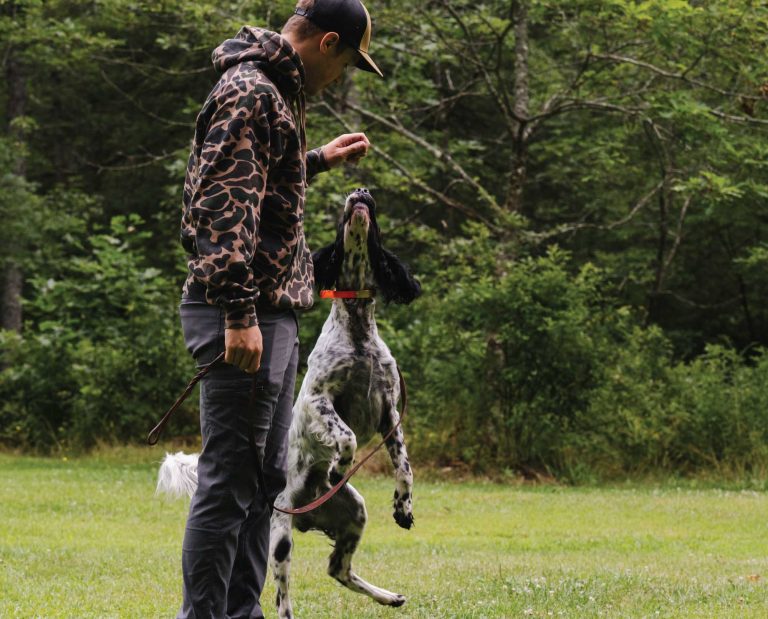
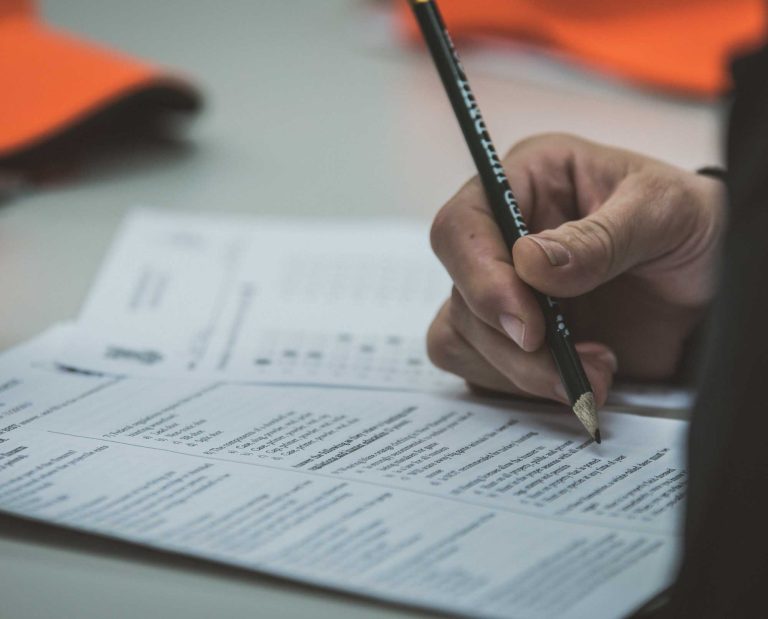
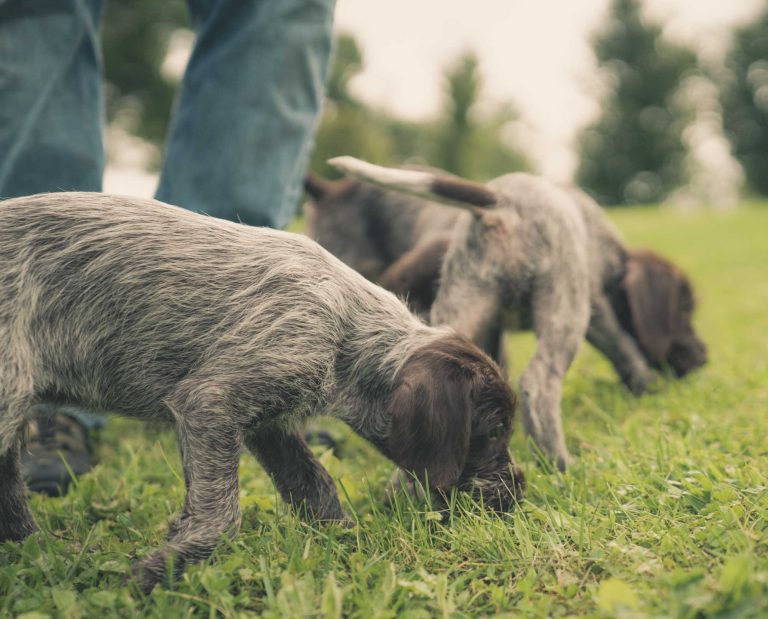
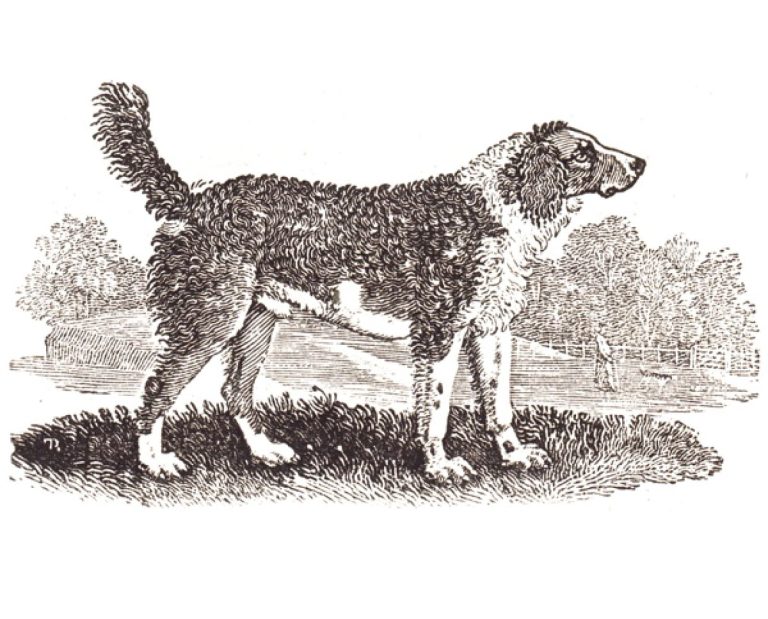
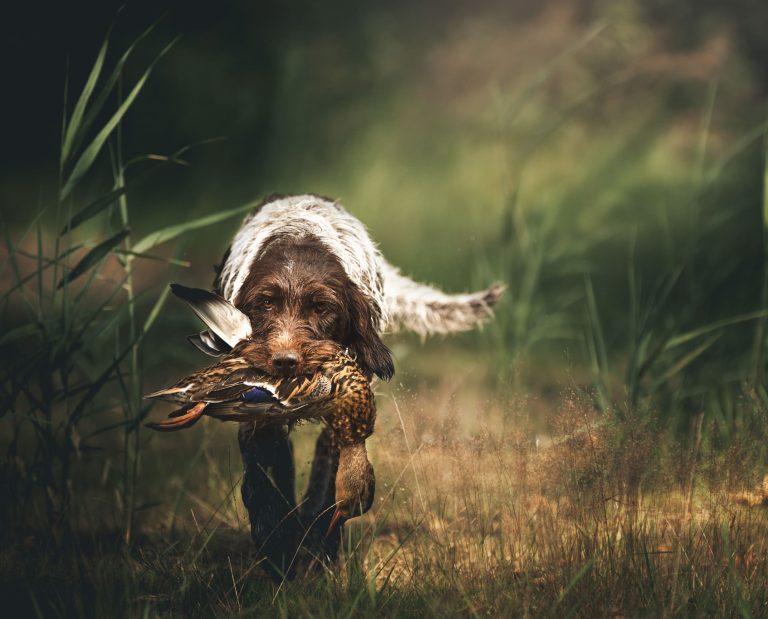
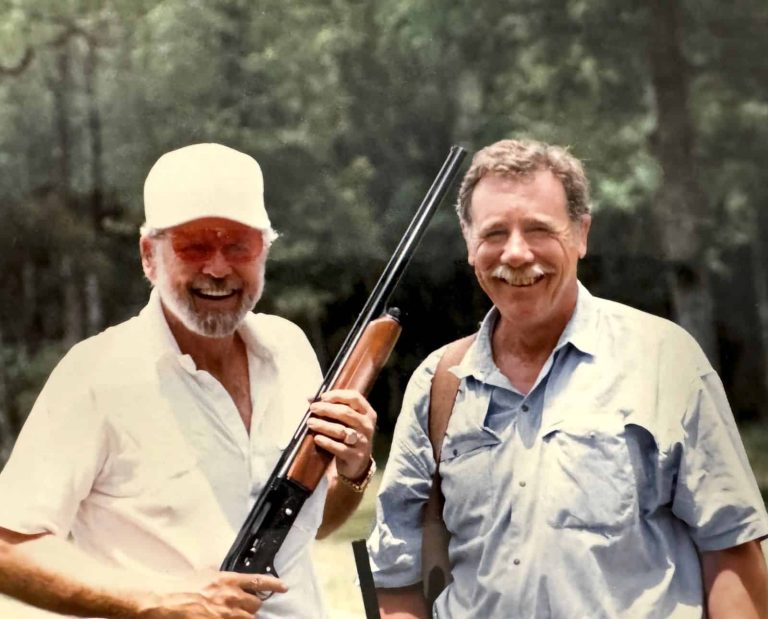
Upon graduation from High School my father gifted me the promise of a new shotgun and told me to pick whatever I wanted (within reason) My old 20 ga Spanish Zabala SxS had seen some hard use over the years and was giving me some firing pin issues so I decided on a new SxS. So we went to the local gun shop my dad frequented and looked at the available used stock and I narrowed my choices down to two 12ga, SxS guns both 26″ barrels, improved cylinder and modified. One was a Browning BSS the other an Ithaca SKB model 200. Both were used but neither had been abused. In fact they both could have passed for NIB. I handled both and both were very much to my liking. Unfortunately for the Browning the SKB fit me better, it was slightly lighter and felt more lively. After 40 years I still have that SKB and it is still one of my go to bird guns…BUT I have often thought about snapping up an Browning just for nostalgia sake. The problem is that nowadays grabbing a good deal on one in decent original condition is a rarity. In fact all old Ameican SxS shotguns are in demand due to partly due to lunatics in cowboy hats with hacksaws who want nothing more than to destroy a nice bird gun.. . Even the lowly Fox B and the Stevens 311 are not safe from the hacksaw wielding old west crazies. I wish they would just stick with the Stoeger junkers that are expressly made for the kind of destruction that the Stetson wearing crowd put fine old SxS shotguns through….No offense…
My 20 gauge BSS with the barrel selector fires both barrels with 1 trigger pull. Also will eject only 1 barrel when opened. Sometimes the right barrel only, and other times the left barrel only. Just received an email from Art’s Gun Shop, and he told me he doesn’t work on the BSS. He gave me the name of a retired Browning gunsmith who lives in Florida.
Well written, thank you for the information on the BSS 20 gauge. I bought one from my father-in-law that’s in like new condition. it has the silver trigger and the non-selectable barrel. So according to your description it is an earlier model. It is a great shotgun and I enjoy carrying it knowing that he had it. He acquired it through a trade for an old aluminum 12′ row boat sitting beside his garage that his neighbor wanted back in the late 70’s.
I’m currently in South Dakota pheasant hunting this week. One of my hunting partners asked what the barrels were choked to. They are fixed barrels. We inspected it looking for marking or identification as to what each barrel was. I am curious, are there markings to look for and if so, where might they be located on the barrel?
Thank you for any help,
Doug
You covered all the bases , fantastic review:)